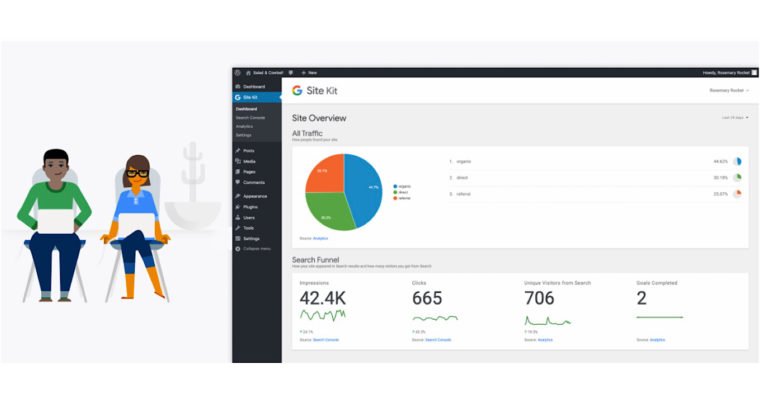
Are you thinking about pursuing a career as a web developer? Or are you currently wondering about the major roles of a web developer?
Either way, you’ve come to the right place! In this blog post, we’ll discuss the five major roles of a web developer and provide you with insights into what each one involves.
Before we dive into the roles, let’s quickly recap what a web developer does. In simple terms, a web developer is responsible for designing, building, and maintaining websites. Therefore, they use programming languages like HTML, CSS, and JavaScript to create visually appealing web pages and function properly.
Previously, we explained the common challenges faced by web developers, now let’s take a closer look at the different roles that a web developer can play.
Front-end Developer
The first role we’ll explore is that of a front-end developer. Front-end developers are responsible for the user interface (UI) and user experience (UX) design of a website. They work closely with web designers to transform their visual concepts into interactive and functional web pages that users can interact with.
In addition, the layout, fonts, colors, buttons, and forms that front-end developers design are all elements that users will engage with when they visit a website.
Also, front-end developers ensure that the website layout and content adapt to different screen sizes. This ensures that users have a consistent and seamless experience regardless of the device they are using.
On the other hand, they ensure that the website is responsive and accessible to provide a seamless user experience.
Finally, front-end developers are responsible for creating the part of the website that users interact with.
Back-end Developers
The second role we’ll explore is that of a back-end developer. Back-end developers are responsible for the part of the website that users don’t see. This means they focus on the server-side functionality and data management of the website.
Additionally, a back-end developer is responsible for handling data storage and processing user inputs. This is accomplished using a variety of tools and technologies. Some of which include PHP, Python, or Ruby, and database management systems like MySQL or MongoDB. Besides, they are responsible for handling user authentication and authorization and managing the flow of data between the front-end and back-end systems.
In addition to creating the server-side functionality, back-end developers are also responsible for ensuring that the server is performing efficiently and securely. They may work with DevOps teams to set up server infrastructure and ensure that it is running smoothly.
Full-stack Developer

The next role is the Full Stack Developers. Here, these developers have the skills and knowledge necessary to work with both the front-end and back-end parts of a website.
A full-stack developer is responsible for:
•Developing and designing user interfaces using HTML, CSS, and JavaScript
•Building and maintaining server-side applications using technologies such as Ruby on Rails, Node.js, or PHP
•Integrating different systems and technologies, such as databases, APIs, and third-party services
•Optimizing application performance and scalability
•Collaborating with other developers, designers, and stakeholders to ensure that the application meets business requirements and user needs.
Webmaster

The final role we’ll explore is that of a webmaster.
The role of a webmaster, also known as a website administrator or website manager, can vary depending on the organization and the website. However, in general, a webmaster is responsible for the day-to-day management and maintenance of a website. In addition to ensuring that it is up-to-date, functioning properly, and meeting the needs of its users.
Other roles of a Web Master include:
•Ensuring that the website is secure and protected from hacking attempts or other security threats
•Updating and maintaining the website’s content, including text, images, and multimedia elements
•Optimizing the website for search engines and ensuring that it is easily navigable and user-friendly
•Monitoring the website’s performance and analytics, and making recommendations for improvements or changes
•Troubleshooting technical issues or errors that may arise on the website
•Collaborating with other stakeholders, such as developers
Now that we’ve explored the different roles that a web developer can play, which one interests you the most? Are you interested in developing server-side logic as a back-end developer? Or perhaps you prefer the versatility of being a full-stack developer, or the responsibility of being a webmaster?
In conclusion, the role of a web developer is diverse and multifaceted. Whether you’re a front-end developer, back-end developer, full-stack developer, or webmaster.
Therefore, with the right skills and knowledge, you can make a career out of web development and help shape the future of the internet.
However, no matter which role you choose, it’s important to stay up-to-date with the latest web development trends and technologies. At Albanny Technologies, we provide tips for building better websites and help build and manage your website. Be sure to check out our other blog posts for more information.














